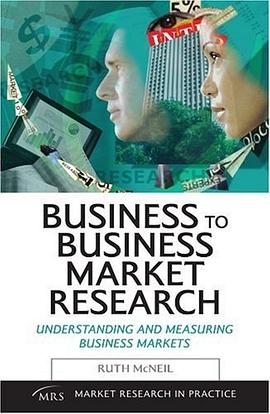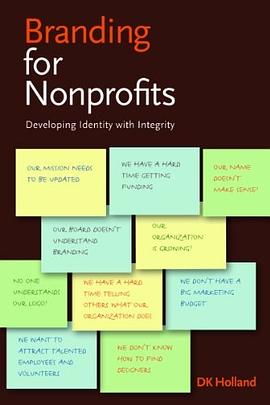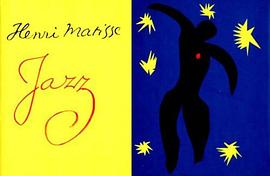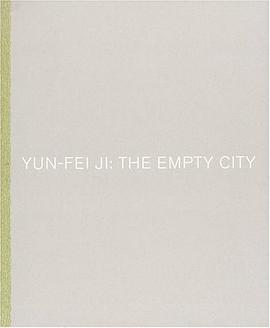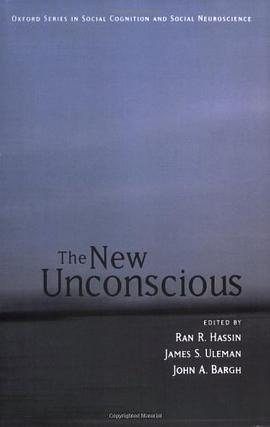

具体描述
Introductions
(by Robert W.Rydell & Nancy E.Gwin)
The cultural landscape of the modern world owes much of form and substance to world's fairs, whether one thinks in terms of architecture and urban planning, science and technology, mass entertainment and mass consumption, or nineteenth —— and twentieth —— century inperialism,evidence abounds to support this proposition. The 1889 Paris Universal Exposition gave Paris its most famous modern symbol —— the Effel towwer. Chicago's World's Columbian Exposition thrilled visitors with it Ferris Wheel and inspired the "City Beautiful" movement that swept the United States at the turn of the century. Fairs introduced millions of people to the latest scientific discovery —— radium and x-rays, for instance, and technological developements —— the telephone, plastics, and satellites. With their vast developements of promotion and publicity, world's fair bore chief responsibility of the seminal force behind the rise of the mass tourism and linked that experience to the acquisition of souvenirs, especially picture postcards that were first promoted at universal expositions held in the last century. World's fairs were laboratories of modernization; they were also prototypical "culture industries" —— in the Frankfurt school sence of term —— that hastened the reconfiguration of popular cultural into mass culture. In the words of Frankfurt school theorists Walter Benjamin, fairs were "sites of pilgrimages to the commodity fetish".
The origin of the world's fair can be traced quite directedly to London's 1851 Crystal Palace Exhibition —— an exhibition that in many respects was intended to supplant an earlier tradition of local fairs and mechanics' institutes. Following the success of the Crystal Palace, other European nations and the United States followed suit, organizing a veritable parade of the universal expositions and culminated in the 1900 Paris Universal Exposition that attracted some fifty million visitors. By the First World War, nearly one hundred international exhibitions had been held around the world and, following the 1883 Amsterdam Colonical Exposition, included fairs dedicated primarily to the advance of western imperialism. It was the 1931 Paris Colonical Exhibition, not the 1939 New York World's Fair or 1933 Chicago Century of Progress Exposition that had the greatest single-year attendance during the 1930s.
How should these temples of modenity be understood? What effect did they have on modernizing societies? As agents of modernization and imperilism, have they outlived their usefulness in a postmodern and postcolonical era? What research materials are available to help answer these questions?
作者简介
目录信息
读后感
评分
评分
评分
评分
用户评价
相关图书
本站所有内容均为互联网搜索引擎提供的公开搜索信息,本站不存储任何数据与内容,任何内容与数据均与本站无关,如有需要请联系相关搜索引擎包括但不限于百度,google,bing,sogou 等
© 2025 book.wenda123.org All Rights Reserved. 图书目录大全 版权所有






